- You cannot add that amount to the cart — we have 2 in stock and you already have 2 in your cart. View cart
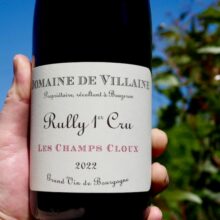
Product information
Domaine A et P de Villaine Rully Rouge 1er Cru ‘Les Champs Cloux’ 2022
$247
Description
Bright and vibrant ruby colour. On the nose there is a seductive and aromatic bouquet shared between aromas of red fruits such as black cherry, raspberry and a finish of floral and spicy notes.
The palate distinguishes itself with freshness nourished by a fully integrated acidity which reveals fruity and once again spicy flavours of this wine. The palate is silky and balanced thanks to ripe and fine tannins. They soften the palate and lengthen its sensation of rich and elegant texture. They nearly give, like the Bouzeron 2023 a sensation of vibration around the wine.
The finish of this wine is gourmand from its fruit and mineral due to its terroir.
This vinous and dense wine with bright fruit and very drinkable juice, is to be drunk now after a light airing or a light decanting. Otherwise you can wait and taste it beyond the five years.
The Domaine
In stock
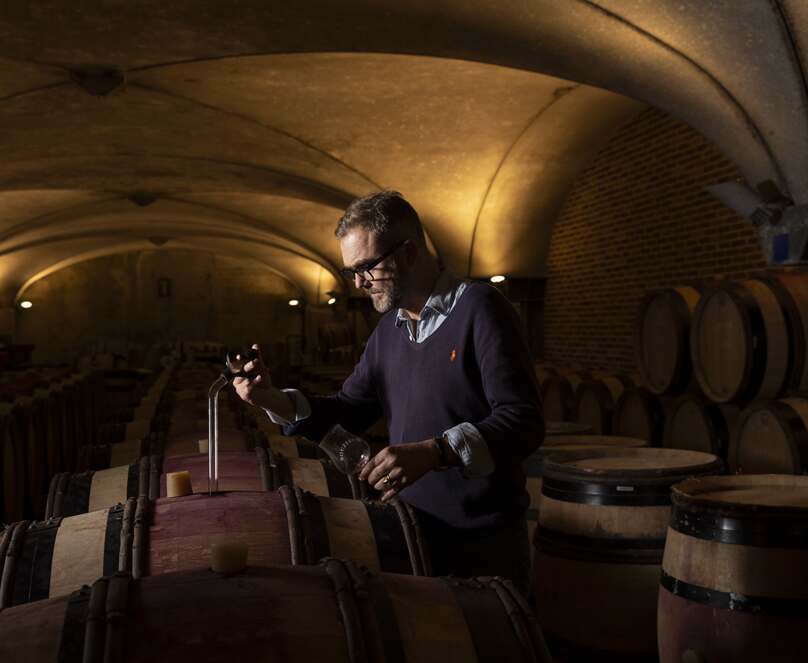
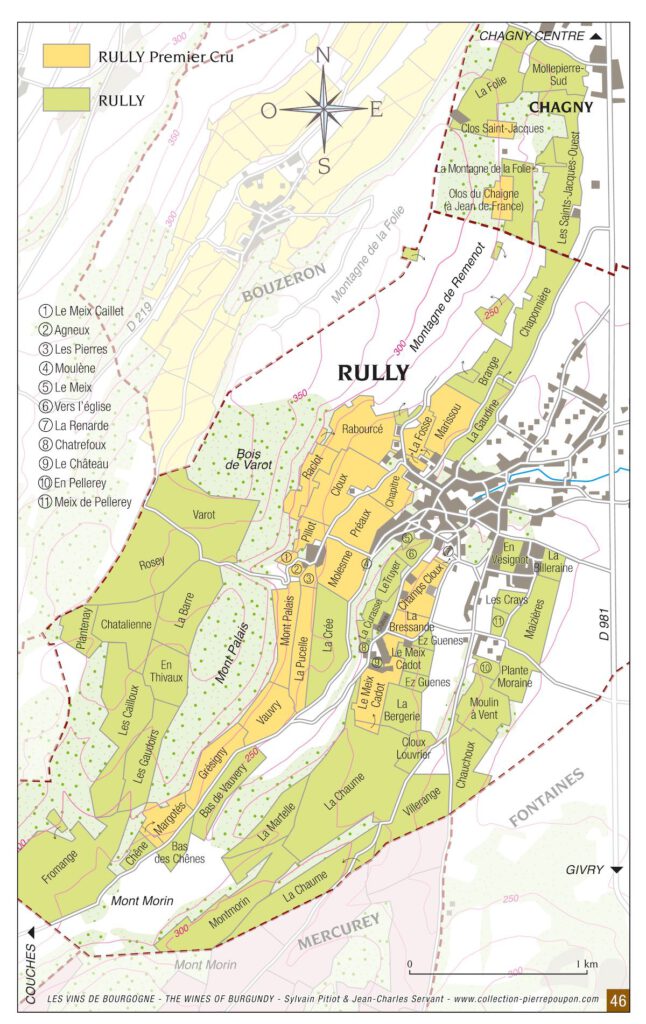
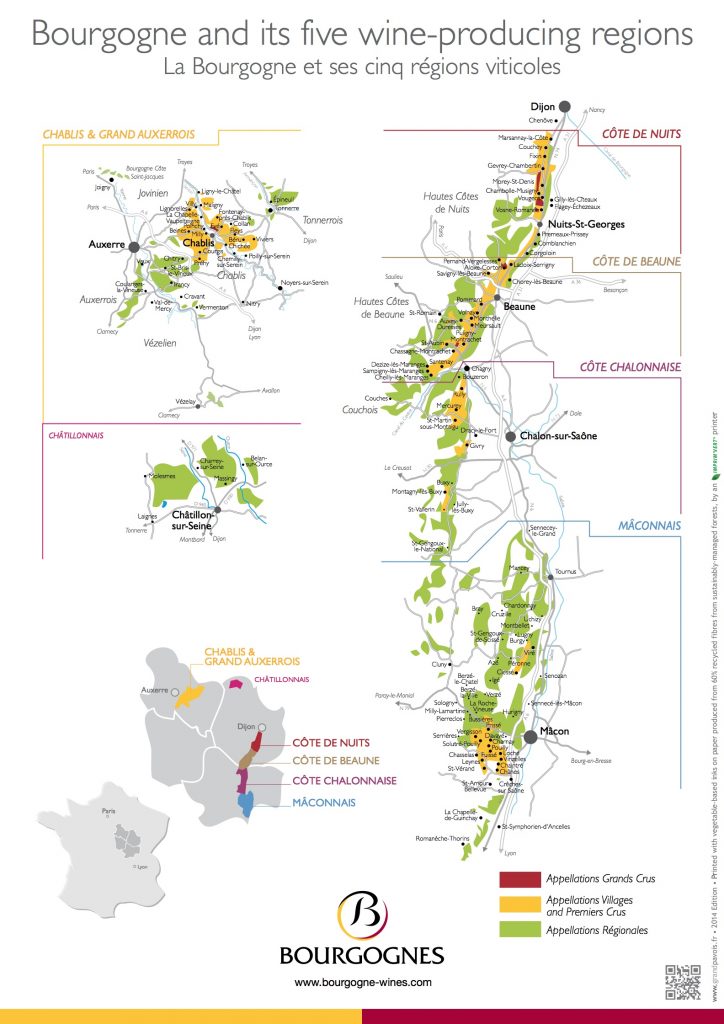
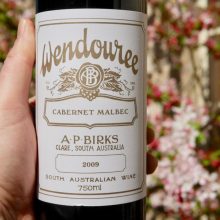
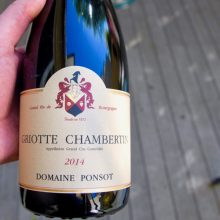
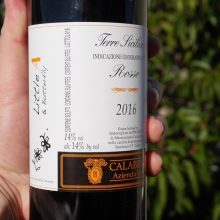
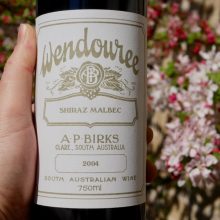
You must be logged in to post a comment.